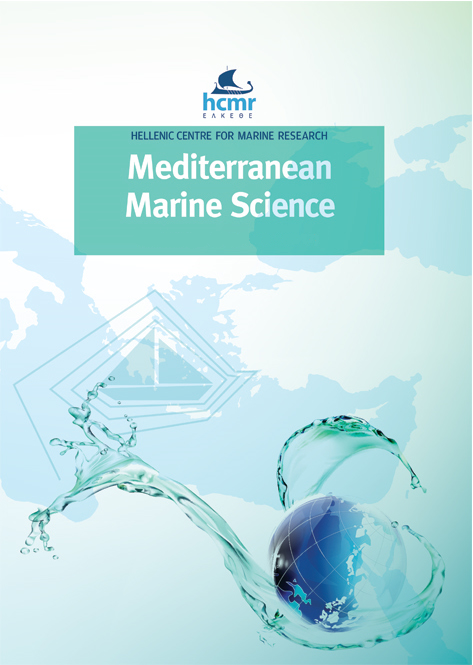Diversity of marine Amphipods (Crustacea, Peracarida) from the North African shelf of the Mediterranean Sea (Morocco, Algeria, Tunisia, Libya, Egypt). An updated checklist for 2023
Abstract
An updated checklist for 2023 is given for the amphipods recorded on the continental shelf of five countries in North Africa bordering the southern Mediterranean Sea: Morocco, Algeria, Tunisia, Libya and Egypt. This revision incorporates the checklist of amphipods from two countries, Algeria and Tunisia and provides the first checklists for Morocco, Libya and Egypt. The total number of species recorded in the entire Southern Mediterranean Sea is 454. The number of species is much higher in the western basin than in the eastern or central parts of the Mediterranean Sea. The Algerian fauna accounts for the highest number of species (with 342), while the lowest is found in Egypt (with 100). The other checklists are for Morocco (241 species), Tunisia (167 species) and Libya (138 species). Among the 454 species making up the overall checklist, 95 species (21%) are considered as endemic to the Mediterranean Sea. The Caprellidae Leach, 1814 represent the most diversified family with 34 species. Five other families account 20 species or more, i.e., the Ampeliscidae Krøyer, 1842 (33 species), the Aoridae Stebbing, 1899 (25 species), the Ischyroceridae Stebbing, 1899 (21 species), the Corophiidae Leach, 1814 (21 species) and the Maeriidae Krapp-Schickel, 2008 (20 species). Only 15 species are non-indigenous species or cryptogenic species. There is a trend of decreasing diversity of benthic amphipods from the western to the eastern parts of the Southern Mediterranean Sea; the greatest number of pelagic amphipod species has been observed in the Egyptian coast. Only eight species have been reported from abyssal depths off the Algerian coast. Twenty-seven species were found along the entire North African coast, including four Ampelisca (A. brevicornis, A. diadema, A. tenuicornis and A. typica), four Maeridae (Elasmopus pocillimanus, E. rapax, Maera grossimana and Quadrimaera inaequipes) and three Lysianassidae (Lysianassa costae, L. pilicornis, and Lysianassina longicornis). Future research should be focused on deep-sea habitats, on specific or unexplored habitats such as seagrass meadows (Posidonia oceanica, Zostera spp. and Cymodocea nodosa) and coralligenous formations as well as on the south-eastern part of the Mediterranean Sea.
Article Details
- Zitationsvorschlag
-
BAKALEM, A., DAUVIN, J. C., & MENIOUI, M. (2024). Diversity of marine Amphipods (Crustacea, Peracarida) from the North African shelf of the Mediterranean Sea (Morocco, Algeria, Tunisia, Libya, Egypt). An updated checklist for 2023. Mediterranean Marine Science, 25(2), 311–373. https://doi.org/10.12681/mms.35974
- Rubrik
- Research Article
Authors who publish with this journal agree to the following terms:
- Authors retain copyright and grant the journal right of first publication with the work simultaneously licensed under a Creative Commons Attribution Non-Commercial License that allows others to share the work with an acknowledgement of the work's authorship and initial publication in this journal.
- Authors are able to enter into separate, additional contractual arrangements for the non-exclusive distribution of the journal's published version of the work (e.g. post it to an institutional repository or publish it in a book), with an acknowledgement of its initial publication in this journal.
- Authors are permitted and encouraged to post their work online (preferably in institutional repositories or on their website) prior to and during the submission process, as it can lead to productive exchanges, as well as earlier and greater citation of published work (See The Effect of Open Access).









